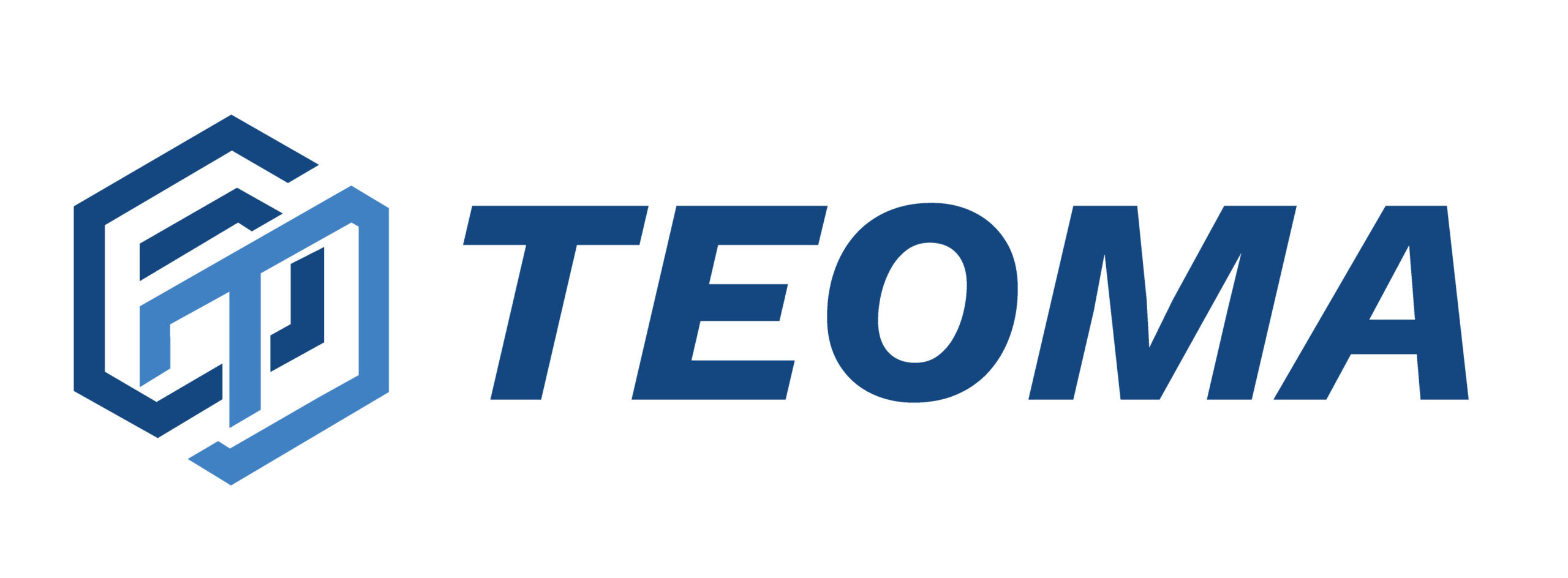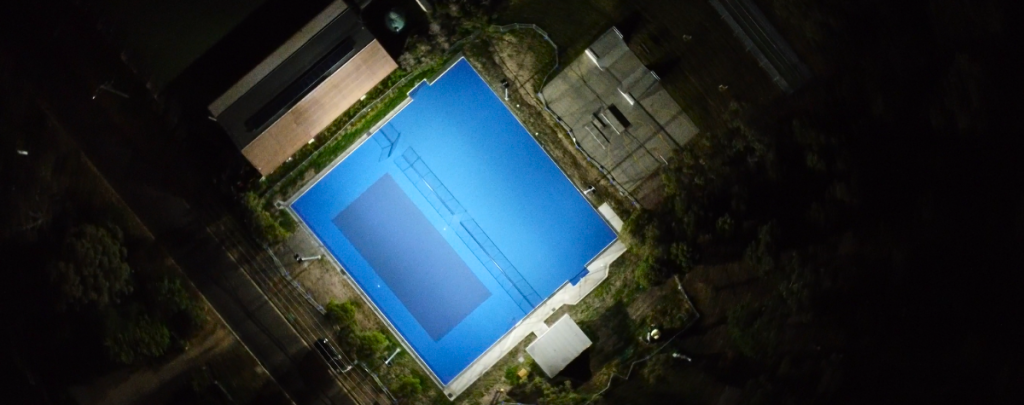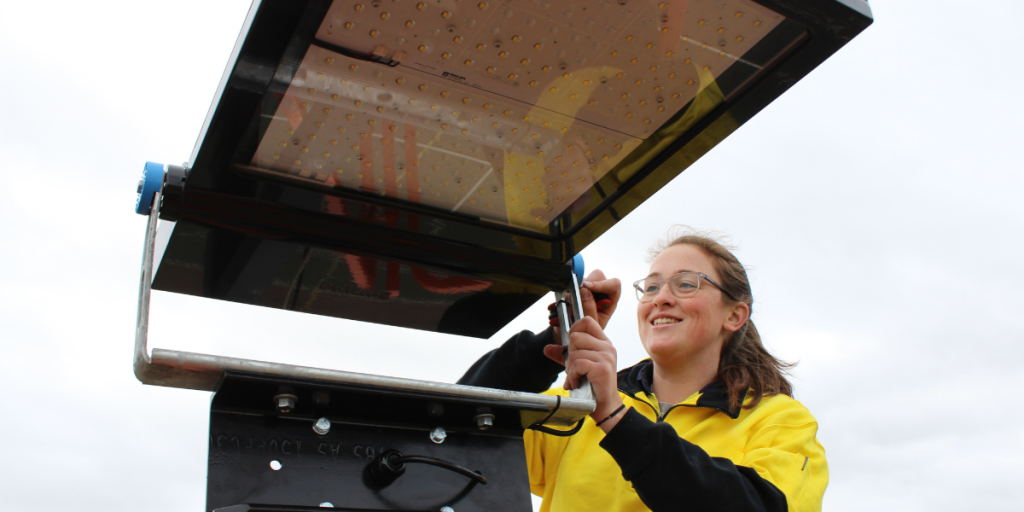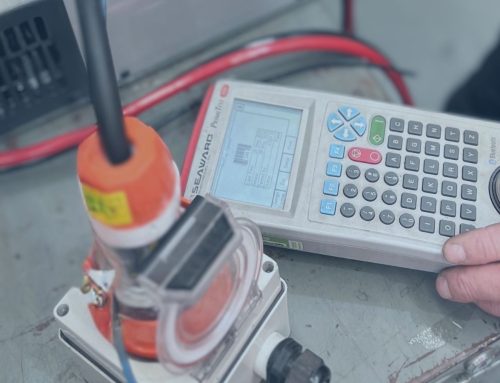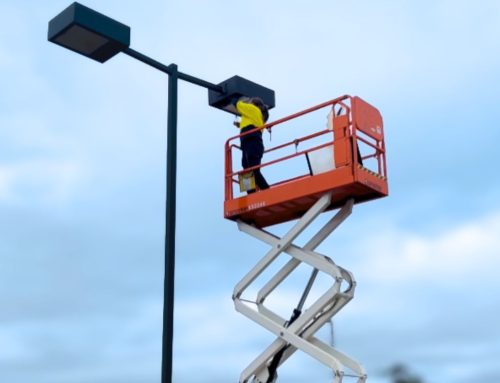Energy efficiency in the workplace is becoming increasingly important due to climate change concerns, rising energy bills, and the need for sustainability. As a result, businesses should be actively looking for ways to reduce their energy consumption. We sat down with our experienced Service & Maintenance Manager to get his top takeaways on making commercial buildings more cost-effective and sustainable.
What are the benifits of improving your energy efficiency?
- Lower operating costs mean bigger savings for energy bills
- Improved asset value by reducing the costs to operate and maintain a building
- Attract more tenants, quicker and reduce tenant turnover due to the reduced running costs
- Increase productivity by enhancing your staff’s working environment
- The ability to address your goals for environmental sustainability
Energy efficiency upgrades for commercial offices and buildings
Lighting
One of the simplest ways to reduce electricity costs in the workplace when daylight savings kicks in is lighting control. According to research conducted by Energy Star, lighting can account for up to 40% of a building’s electricity consumption, so when heaters are running 24/7, it’s important to ensure all major energy outputs are regulated.
Businesses can save up to 30% on their lighting bills by upgrading to energy-efficient LED lights and implementing automatic lighting controls. Ceiling occupancy sensors or timers can automatically switch lights on when people enter a room and turn them off when they leave.
HVAC
When it comes to energy efficiency in winter, one important aspect to consider is heating. To reduce energy usage, program units to operate only during business hours and adjust the temperature settings to the optimum range of 20-22 degrees Celsius to ensure staff comfort without the hefty price tag.
Conducting regular servicing on the equipment is also incredibly important for your energy consumption. When coils and filters are not maintained, heat cant effectively distributes throughout the unit causing the temperature gauge to be ineffective and constantly run. As a result, sky-high energy bills during the peak of the season.
Insulation and shade
When temperatures drop, Insulation is the first layer of defence against the cold, acting as a barrier against temperature shifts. Insulating and draught-proofing your building can lower your heating and cooling bills by up to 40%.
Window glazing and external window shades act as an additional layer installation, ensuring your building remains at the set temperature. This means your HVAC system isn’t working overtime to meet a set temperature and can keep energy costs low.
Learn more about Energy Ratings in the commercial industry here!
Energy Efficiency in commercial factories and industrial warehouses
Appliances, Machinery, and Equipment
To reduce energy consumption, businesses should ensure that they purchase energy-efficient equipment and keep on top of their maintenance. They can also consider implementing a power management plan that turns off equipment when not in use.
Government initiatives run by Sustainability Victoria are regularly announcing funding assistance support programs to improve sustainability in manufacturing and industry. This provides businesses with a great opportunity to update the technology in their facility and save money in the future without large out-of-pocket costs.
Lighting
There is so much more to lighting than just taking advantage of natural light and switching off lights where possible. Energy-efficient light bulbs, such as LEDs are the smartest investment in reducing energy consumption and utility bills.
With little to no warm-up time needed, these lights have the power to make a space brighter and more comfortable at a fraction of the time and energy needed for traditional systems. LED lights “use up to 75% less energy and emit 90% less CO2 than the old halogens. They also last up to 25 times as long, which greatly reduces the need for changing or maintenance.”
Skylights and windows can be used to allow natural light into the workspace. Selective lighting can also play a big role in energy savings. Lighting non-critical areas only when required, using timers, key-lock switches or occupancy sensor lighting can result in significant cost savings.
Carparks and Sports Lighting
Installing high-performance outdoor lighting can address various issues, such as enhancing car park safety for staff and visitors, and providing a functional sporting ground for evening use. Just like indoor lighting solutions, outdoor LEDs consume less energy and have a lower carbon footprint compared to traditional lighting methods.
Establishing strategic lighting designs and implementing efficient timers enable car parks and sporting grounds to be well-lit for activities while maintaining a lower cost compared to traditional methods, with minimal maintenance required.
Overwhelmed by upgrades? Here’s how to become energy efficient in winter:
Energy Auditing: A Valuable Step Towards Efficiency
There is a long-standing misconception that energy audits are time-consuming, costly and fruitless. In practice, these effective audits can unlock valuable opportunities that provide your business with financial and environmental benefits. An audit involves collecting and analysing data for all energy sources being drawn by your business. An audit can
- Efficiently calculate your energy usage
- Provide suggestions for upgrades for the facility and equipment which can reduce greenhouse emissions, lower energy consumption and save money.
- Establish an ongoing maintenance plan to increase the lifespan of equipment
- Reveal any electrical faults which may cause your facility to lose money or equipment productivity.
Audits have an array of benefits and are one of the most underutilised and effective tools at businesses’ disposal to help save energy and money while keeping the same rate of productivity.
Energy efficiency is a crucial factor for factories and large commercial spaces that consume a considerable amount of energy. However, there are specific practical strategies that can be implemented to reduce energy consumption.
NABERS
The National Australian Built Environment Rating System (NABERS) is a voluntary rating system that measures the energy efficiency and environmental performance of Australian commercial buildings and tenancies.. NABERS is a national rating system that measures the environmental performance of Australian buildings and tenancies. Put simply, NABERS measures the energy efficiency, water usage, waste management and indoor environment quality of a building or tenancy and its impact on the environment.
The use of NABERS Energy ratings has saved an estimated AU$1 billion in energy costs and drive down greenhouse gas emissions in the commercial building sector by over seven million tonnes since 1998. Businesses can use the NABERS rating to get an idea of how well their building or tenancy is performing HERE.
We’re here to help!
Our team of highly skilled electricians at Teoma Group have over 30 years of experience completing energy upgrades in those colder months for commercial properties, manufacturers’ and education facilities at any scale. Their extensive knowledge is used to prevent faults and prolong electrical systems in place.
By engaging our team of experienced and highly qualified commercial electricians you can be confident that you will have a complete solution, with minimal interruption to the operation of your site. Contact us today to speak directly with our Service and Maintenance Manager about your needs.
